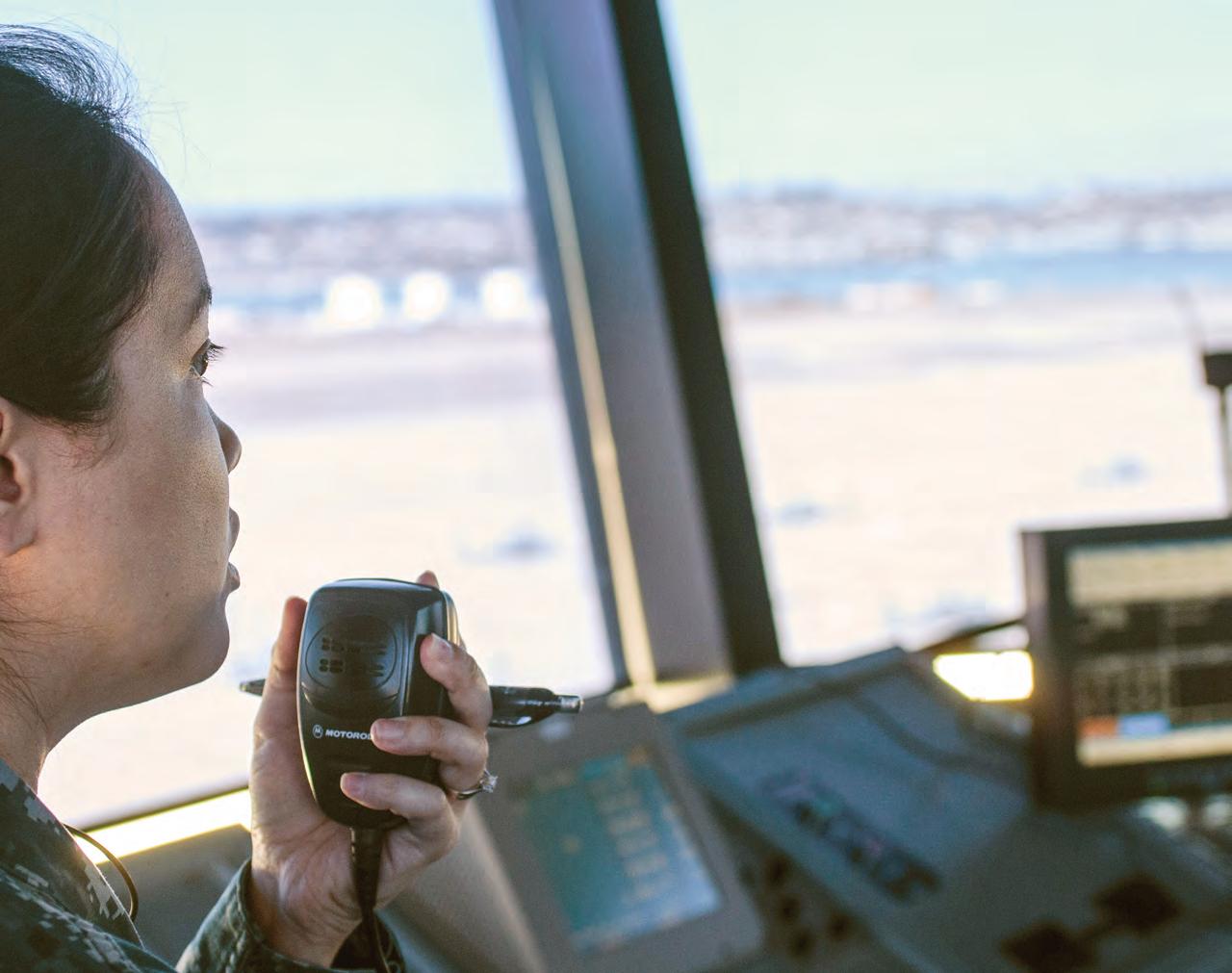FIRE OF UNKNOWN ORIGIN LEADS TO 3-ENGINE LANDING BY LT RYAN MCFEELY
ow-altitude, antisubmarine warfare (ASW) missions are the most rewarding and exciting for P-3 Orion aircrews. The missions also present the most challenging and critical regime of flight when dealing with emergencies and malfunctions. Proximity to water (as close as 200 feet) and intricate crew interactions throughout the entire plane intensify a sudden emergency or malfunction. As a community, we train for these situations. We tailor our regular training events and qualification syllabi so that we can handle complex scenarios during critical phases of flight. Pilots and flight engineers are introduced early on to complex scenarios that test their ability to prioritize aviating, navigating and communicating. This is done all the while conducting concise troubleshooting. In the back of the plane, NFOs and sensor operators are trained to quickly tackle emergencies that demand robust crew resource management. The fire of unknown origin (FOUO) stands as the most challenging of these emergencies, especially when operating down low. The P-3 is a labyrinth of electronic racks with a multitude of buses and energized equipment. The key is quickly finding the source of the fire and securing power to it. One day my crew, Combat Aircrew 3, was conducting an ASW training mission along the Gulf of Oman. We’d been on-station for 45 minutes, with the No. 1 engine secured for loiter. My TACCO (tactical coordinator, the senior NFO on board) saw fumes building in the tube and initiated the FOUO checklist. With two coalition helicopters working with us at a lower altitude, I initiated a climb to a safe altitude and instructed my copilot (2P) and flight engineer to don their smoke masks. Passing 2,000 feet and at an acceptable speed of 200 knots, I called for my flight engineer to restart the No. 1 engine. The FOUO wasn’t the only emergency we were going to be faced with. During the restart we observed 14
an NTS INOP light, indicating that our negativetorque sensing system (which prevents the propeller from dangerously driving the engine) had failed in some capacity. In accordance with NATOPS, we secured the engine via the emergency-shutdown checklist. Smoke and fumes continued to build in the cabin, and our TACCO called for us to continue with the FOUO checklist. Our original FOUO was now combined with an emergency shutdown. To make matters worse, the aging P-3 threw a curve ball into the scenario. After we had secured the No. 1 engine and continued to handle the FOUO, the next step on the checklist was securing main AC bus A. As my flight engineer secured it via its bus-monitoring switch, we lost our monitorable essential AC (MEAC) and start essential AC (SEAC) buses. We subsequently lost our heading indications, shaft horsepower (SHP) gauges and TIT gauges among numerous other items on those buses. We had lost more buses than we expected – something else was amiss in the plane. We were still in our climb, heading towards the Strait of Hormuz for an RTB. With the loss of navigation equipment, I put the plane into an orbit and leveled off at 10,500 feet. The aircrew in the cabin continued to investigate the source of the smoke and fumes. They isolated them to the overhead section near the stations for the TACCO and the navigator-communicator, junior NFO (NAVCOM). P-3s are known for complex and complicated systems that demand thorough systems knowledge to diagnose Approach












